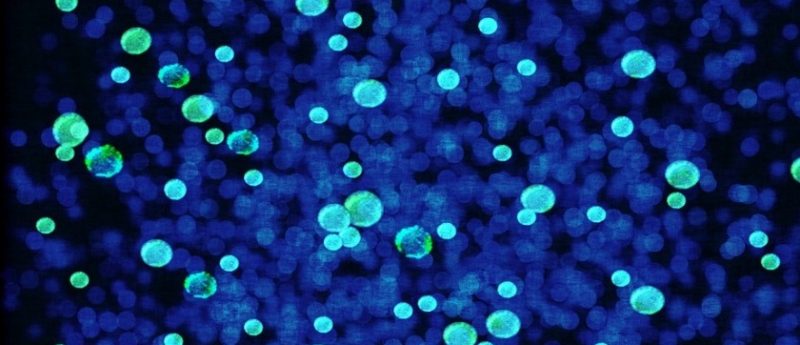Prioritizing uncharacterized genes in the search for glioma biomarkers

A total of 40% of all primary CNS tumors are diagnosed as gliomas, with glioblastomas (GBM) being the most malignant [1]. There is a very poor survival time of approximately 15 months for most patients diagnosed with GBM [1]. The malignant nature of high grade gliomas makes them one of the leading causes of cancer death [1]. To classify tumors and assess prognosis, differences in molecular composition, or ‘biomarkers’, between tissue types can be used diagnostically to assess and manage adult malignant gliomas [2–7]. Recent biomarkers have been reported from genome-wide surveys associating somatic mutations with risk of glioma development [8]. The molecular biomarkers that are most commonly used to evaluate adult malignant gliomas from biopsies include 1p/19q codeletion, methylation of the O-6 methylguanine-DNA methyltransferase (MGMT) gene promoter, alterations in the EGF receptor (EGFR) pathway, and isocitrate dehydrogenase 1 (IDH1) and IDH2 gene mutations [2–9]. Several proteomics-based approaches have been used to search for proteins that are unique to gliomas [10], but these have been severely limited by sample size, the ability to detect low abundance proteins and data reproducibility. It is also important to note that many of these studies have generated hundreds and even thousands of putative candidates, however, few have been able to follow up with subsequent validation and characterization approaches.
Click here to view the full article



